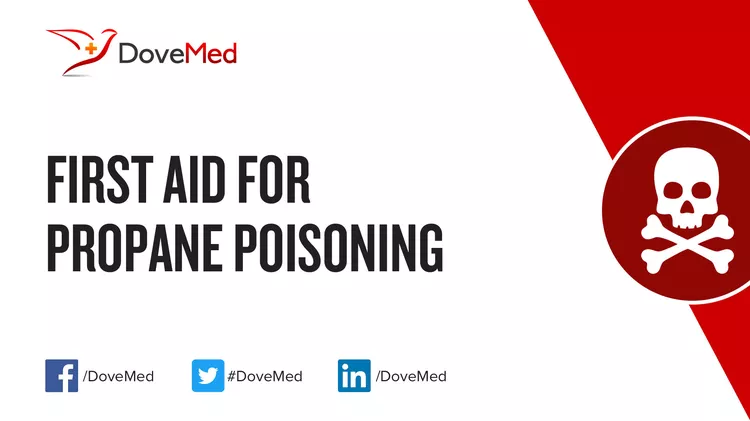Hello Gas Stove Experts,
I posted a message in September about a Whitfield LP gas stove that came with the new home purchased in May of this year. I had a tank setup in October and the gas company of course checked for leaks and fired up the stove. -- Good to go. A week later when turning on the stove, there a plume of gas that came out. I turned off the gas at the tank. The gas company came back out and declared nothing wrong with the lines. And that I should have stove professionally cleaned. I had to wait a month, but the stove company came out 11/22/21. The technician cleaned the stove and declared it - Good to go. A few days later I noticed that my mouth was burning terribly. I thought I had something wrong with me. I then figured out that this was a symptom of LP gas poisoning. Again, I turn off the gas at the tank. Gas company came out yesterday- 12/2/21. Declared no leaks in the line, stove operation seems to be good. "Call the stove company back out".
Is it me or the gas stove? Are any of you experts aware of people having an allergy to LP Gas? Is there possibly a leak that is going undetected?
** Note** I did have family here for the Thanksgiving holiday and when I checked back with them. They did not notice anything for the long weekend they were here.
Your input would be greatly appreciated as I need to figure out what to do next. Get rid of the whole thing for good, upgrade or go another route with a fake electric stove. The brick hearth is the center piece of the house. I would hate to let that space go to waste.
Kat - 6 of 9 lives remaining.
![[Hearth.com] LP Gas Leak or Sensitivity? [Hearth.com] LP Gas Leak or Sensitivity?](https://www.hearth.com/talk/data/attachments/287/287020-a0e7a872849c7bd37eeed52af348ea2d.jpg?hash=Z7FJd_fgs0)
I posted a message in September about a Whitfield LP gas stove that came with the new home purchased in May of this year. I had a tank setup in October and the gas company of course checked for leaks and fired up the stove. -- Good to go. A week later when turning on the stove, there a plume of gas that came out. I turned off the gas at the tank. The gas company came back out and declared nothing wrong with the lines. And that I should have stove professionally cleaned. I had to wait a month, but the stove company came out 11/22/21. The technician cleaned the stove and declared it - Good to go. A few days later I noticed that my mouth was burning terribly. I thought I had something wrong with me. I then figured out that this was a symptom of LP gas poisoning. Again, I turn off the gas at the tank. Gas company came out yesterday- 12/2/21. Declared no leaks in the line, stove operation seems to be good. "Call the stove company back out".
Is it me or the gas stove? Are any of you experts aware of people having an allergy to LP Gas? Is there possibly a leak that is going undetected?
** Note** I did have family here for the Thanksgiving holiday and when I checked back with them. They did not notice anything for the long weekend they were here.
Your input would be greatly appreciated as I need to figure out what to do next. Get rid of the whole thing for good, upgrade or go another route with a fake electric stove. The brick hearth is the center piece of the house. I would hate to let that space go to waste.
Kat - 6 of 9 lives remaining.
![[Hearth.com] LP Gas Leak or Sensitivity? [Hearth.com] LP Gas Leak or Sensitivity?](https://www.hearth.com/talk/data/attachments/287/287020-a0e7a872849c7bd37eeed52af348ea2d.jpg?hash=Z7FJd_fgs0)




